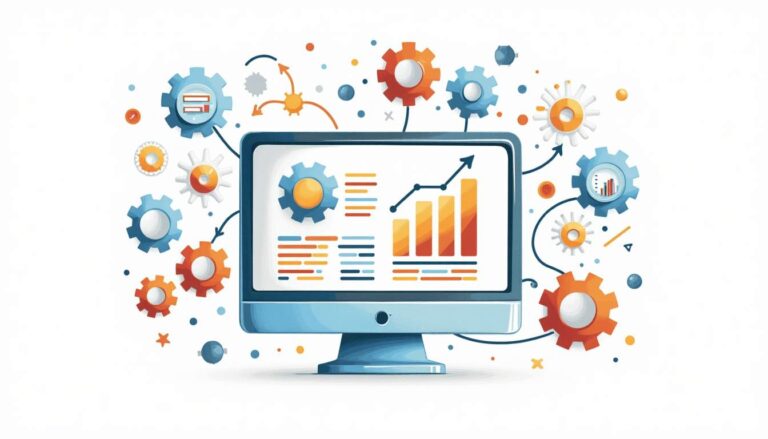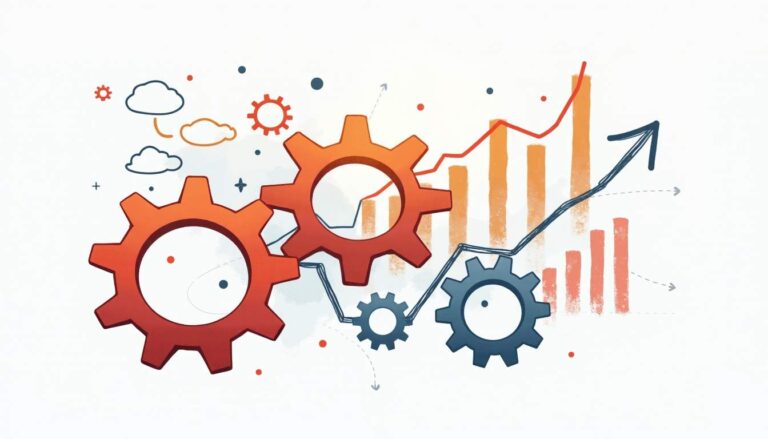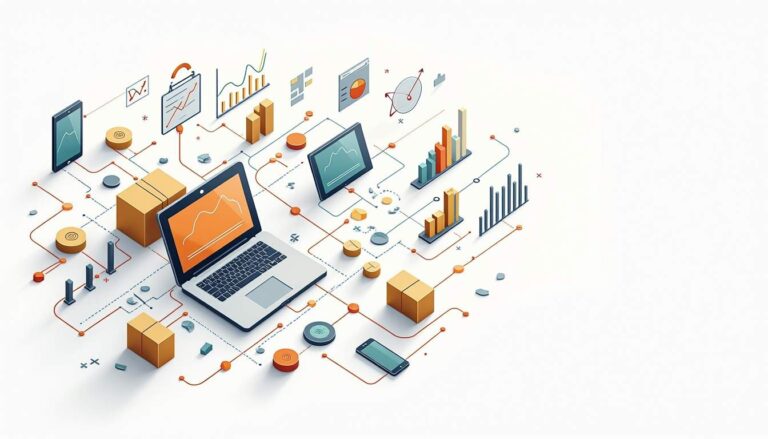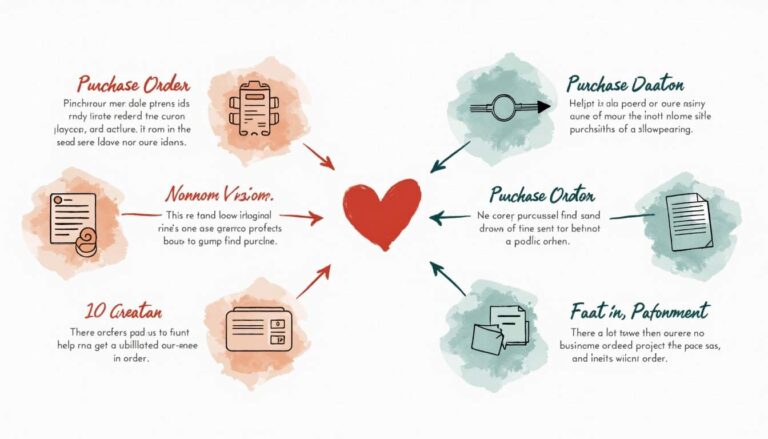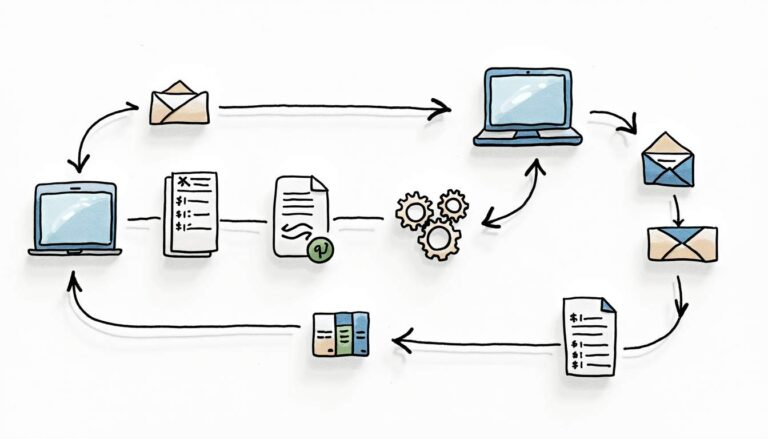In an era where every penny counts, government agencies are increasingly turning to technology to streamline their purchasing processes. Government purchasing software has emerged as a vital tool for ensuring efficient public spending. This guide explores the key features, benefits, and considerations for implementing such software, helping public sector organizations make informed decisions.
Understanding Government Purchasing Software
Government purchasing software refers to specialized tools designed to facilitate the procurement process within public sector organizations. These platforms help manage everything from vendor selection to contract management and payment processing. By automating and optimizing procurement workflows, these systems aim to enhance transparency, compliance, and efficiency.
The Importance of Procurement in Government
Procurement is a critical function for government agencies, responsible for acquiring goods and services that meet the needs of the public. Effective procurement ensures that taxpayer money is spent wisely, fostering trust and accountability. With increasing scrutiny on public spending, agencies must adopt practices that not only comply with regulations but also promote cost-effectiveness. Moreover, strategic procurement can lead to sustainable practices, such as prioritizing environmentally friendly products and services, which aligns with broader governmental goals of sustainability and social responsibility.
Key Features of Government Purchasing Software
When evaluating government purchasing software, it’s essential to consider several key features that can significantly impact efficiency and effectiveness. These include:
- Vendor Management: A robust system should facilitate the management of vendor relationships, including tracking performance, compliance, and communications.
- Contract Management: Effective contract management features help ensure that agreements are adhered to, reducing the risk of disputes and financial loss.
- Reporting and Analytics: Advanced reporting tools provide insights into spending patterns, helping agencies make data-driven decisions.
In addition to these features, integration capabilities with existing financial systems are crucial. This ensures that procurement processes align seamlessly with budgeting and accounting functions, allowing for real-time tracking of expenditures against allocated budgets. Furthermore, user-friendly interfaces and mobile accessibility can significantly enhance user adoption across various departments, ensuring that all staff members can effectively utilize the software regardless of their technical expertise.
Another important aspect to consider is the software’s compliance tracking capabilities. Given the complex regulatory environment in which government agencies operate, features that automate compliance checks and provide alerts for upcoming deadlines can save valuable time and reduce the risk of non-compliance. This not only streamlines the procurement process but also reinforces the agency’s commitment to ethical standards and accountability in public spending.
Benefits of Implementing Purchasing Software
The adoption of purchasing software offers numerous advantages for government agencies. These benefits not only enhance operational efficiency but also contribute to better financial management.
Increased Efficiency
One of the primary benefits of government purchasing software is the increase in operational efficiency. By automating repetitive tasks, such as purchase order creation and invoice processing, agencies can save valuable time and resources. This allows procurement teams to focus on strategic initiatives rather than administrative duties. Furthermore, the integration of purchasing software with existing systems can streamline workflows even further, enabling real-time data sharing and collaboration across departments. This holistic approach not only reduces the likelihood of errors but also fosters a more agile response to changing procurement needs.
Improved Compliance and Transparency
Compliance with regulations is paramount in government procurement. Purchasing software often includes features that help ensure adherence to local, state, and federal laws. Additionally, these systems promote transparency by providing a clear audit trail of all transactions, which can be invaluable during audits or investigations. Enhanced reporting capabilities allow agencies to generate detailed insights into spending patterns and compliance metrics, empowering decision-makers to identify areas for improvement. This level of oversight not only builds public trust but also encourages accountability among procurement officials, ensuring that taxpayer dollars are managed responsibly.
Cost Savings
By streamlining processes and improving vendor management, government purchasing software can lead to significant cost savings. Agencies can negotiate better contracts, reduce maverick spending, and eliminate inefficiencies, ultimately maximizing the value of public funds. Additionally, the software often includes analytics tools that help agencies track spending trends and identify cost-saving opportunities. By leveraging data-driven insights, procurement teams can make informed decisions about supplier selection and contract renewals, leading to long-term financial benefits. Moreover, the ability to consolidate purchases across departments can lead to bulk buying discounts, further enhancing overall savings.
Choosing the Right Government Purchasing Software
With a plethora of options available in the market, selecting the right purchasing software can be daunting. However, a systematic approach can simplify the decision-making process.
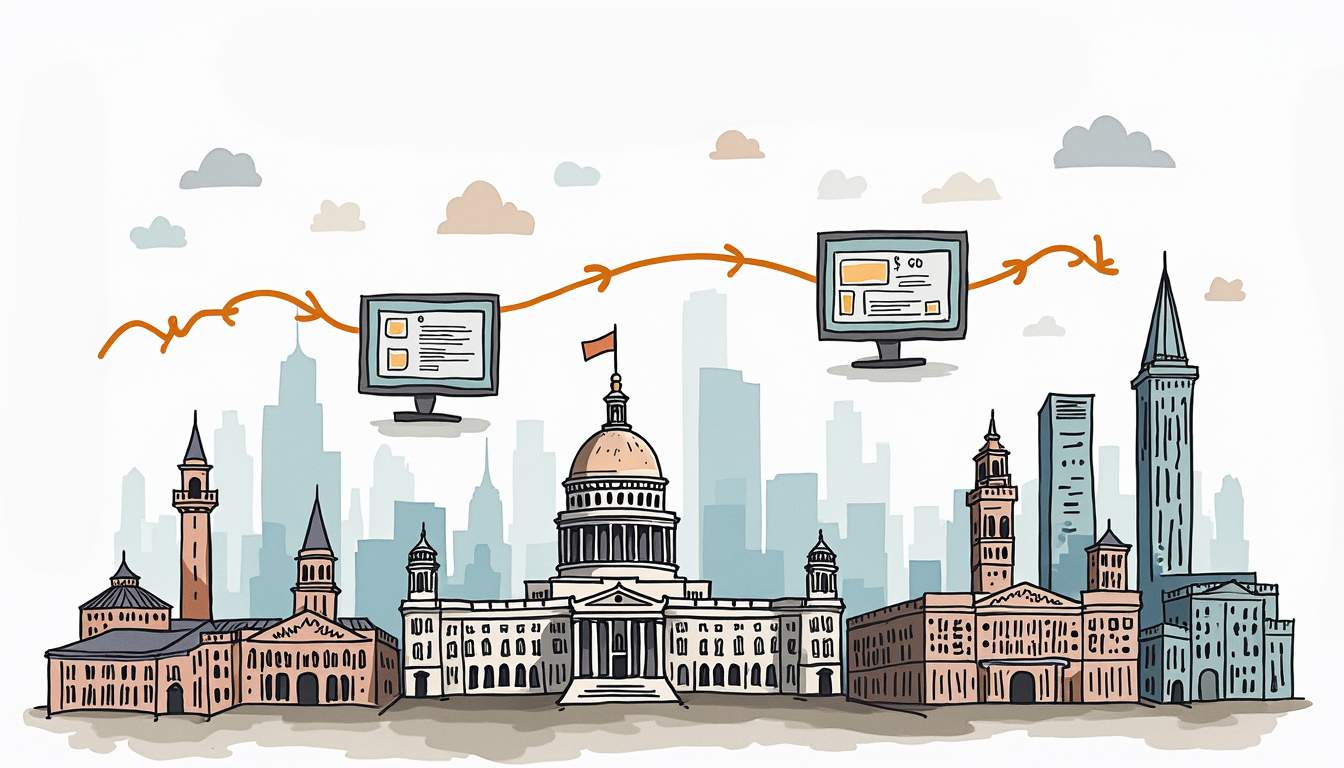
Assessing Organizational Needs
Before diving into software options, it’s crucial to assess the specific needs of the organization. This involves understanding the current procurement processes, identifying pain points, and defining desired outcomes. Engaging stakeholders from various departments can provide valuable insights into what features are most necessary. Additionally, conducting surveys or interviews can help gather comprehensive feedback, ensuring that the software selected will cater to the diverse requirements of all users. This step is vital as it lays the groundwork for a tailored solution that enhances efficiency and effectiveness across the board.
Evaluating Software Options
Once needs are established, agencies can begin evaluating software options. Consider factors such as:
- User-Friendliness: The software should be intuitive and easy to navigate to ensure quick adoption by staff.
- Integration Capabilities: It’s important to choose software that can integrate seamlessly with existing systems, such as financial management and ERP systems.
- Customer Support: Reliable customer support can make a significant difference during implementation and beyond.
Moreover, agencies should also look at the scalability of the software. As government needs evolve, the purchasing software should be capable of adapting to increased demands or changes in procurement processes. Additionally, exploring user reviews and case studies can provide real-world insights into how the software performs in similar environments, helping to inform a more informed decision.
Budget Considerations
Budget constraints are a reality for many government agencies. It’s essential to consider not just the upfront costs of purchasing software but also ongoing maintenance and support expenses. A thorough cost-benefit analysis can help justify the investment and ensure that it aligns with the agency’s financial capabilities. Furthermore, agencies should explore potential funding sources or grants that may be available for technology upgrades, as this could alleviate some financial pressure. It’s also wise to factor in training costs for staff, as effective training can significantly enhance the return on investment by maximizing the software’s utility and ensuring that all users are proficient in its use.
Implementation Strategies for Success
Implementing government purchasing software requires careful planning and execution. A well-thought-out strategy can lead to a smoother transition and greater long-term success.
Creating a Project Team
Establishing a dedicated project team is crucial for successful implementation. This team should include representatives from procurement, finance, IT, and other relevant departments. Their diverse perspectives will help address various challenges and ensure that the software meets the organization’s needs.
Training and Change Management
Effective training is essential to ensure that all users are comfortable with the new system. This may involve hands-on training sessions, online tutorials, and ongoing support. Additionally, managing change is critical; communicating the benefits of the new software can help alleviate resistance and foster a positive attitude towards the transition.
Monitoring and Evaluation
After implementation, it’s important to monitor the software’s performance and gather feedback from users. Regular evaluations can help identify areas for improvement and ensure that the software continues to meet the organization’s evolving needs.
Challenges in Government Procurement
Despite the many benefits of government purchasing software, challenges remain. Understanding these obstacles can help agencies navigate the procurement landscape more effectively.
Resistance to Change
Change can be difficult, especially in established organizations. Employees may be accustomed to traditional procurement methods and resistant to adopting new technologies. Addressing this resistance through effective communication and training is essential for successful implementation.
Data Security Concerns
With increasing reliance on digital systems, data security is a significant concern for government agencies. Ensuring that purchasing software complies with data protection regulations and employs robust security measures is paramount to safeguarding sensitive information.
Budget Limitations
Budget constraints can hinder the adoption of advanced purchasing software. Agencies must carefully evaluate the return on investment and consider phased implementations to spread costs over time.
Future Trends in Government Purchasing Software
The landscape of government purchasing is continually evolving, driven by advancements in technology and changing public expectations. Staying informed about future trends can help agencies remain competitive and efficient.
Artificial Intelligence and Automation
Artificial intelligence (AI) is poised to revolutionize government procurement. AI can analyze vast amounts of data to identify trends, predict needs, and even automate decision-making processes. This technology can enhance efficiency and reduce the burden on procurement teams.
Cloud-Based Solutions
Cloud-based purchasing software is becoming increasingly popular due to its flexibility and accessibility. These solutions allow government agencies to access procurement tools from anywhere, facilitating remote work and collaboration.
Sustainability and Ethical Procurement
As public awareness of sustainability grows, government agencies are prioritizing ethical procurement practices. Software that supports sustainable sourcing and tracks the environmental impact of purchases will likely gain traction in the coming years.
Conclusion
Government purchasing software is a powerful tool that can enhance efficiency, transparency, and accountability in public spending. By understanding the key features, benefits, and implementation strategies, government agencies can make informed decisions that lead to better procurement practices. As technology continues to evolve, staying ahead of trends will be essential for maximizing the value of taxpayer dollars and ensuring effective governance.

Ultimately, the right purchasing software can transform the procurement landscape, enabling government agencies to serve their constituents more effectively and responsibly.
Discover the Bellwether Advantage
Ready to elevate your government agency’s procurement process? Bellwether’s comprehensive purchasing and inventory management solution is designed to bring your public spending into the future. Experience the power of streamlined procurement workflows, enhanced inventory control, and deep spend analytics tailored to the unique needs of small and mid-size businesses. Embrace the efficiency of automated purchase orders, requisition automation, and AP automation. Take the first step towards optimized purchasing strategy and operational excellence. Book a demo today and see how Bellwether can transform your agency’s spending management.


